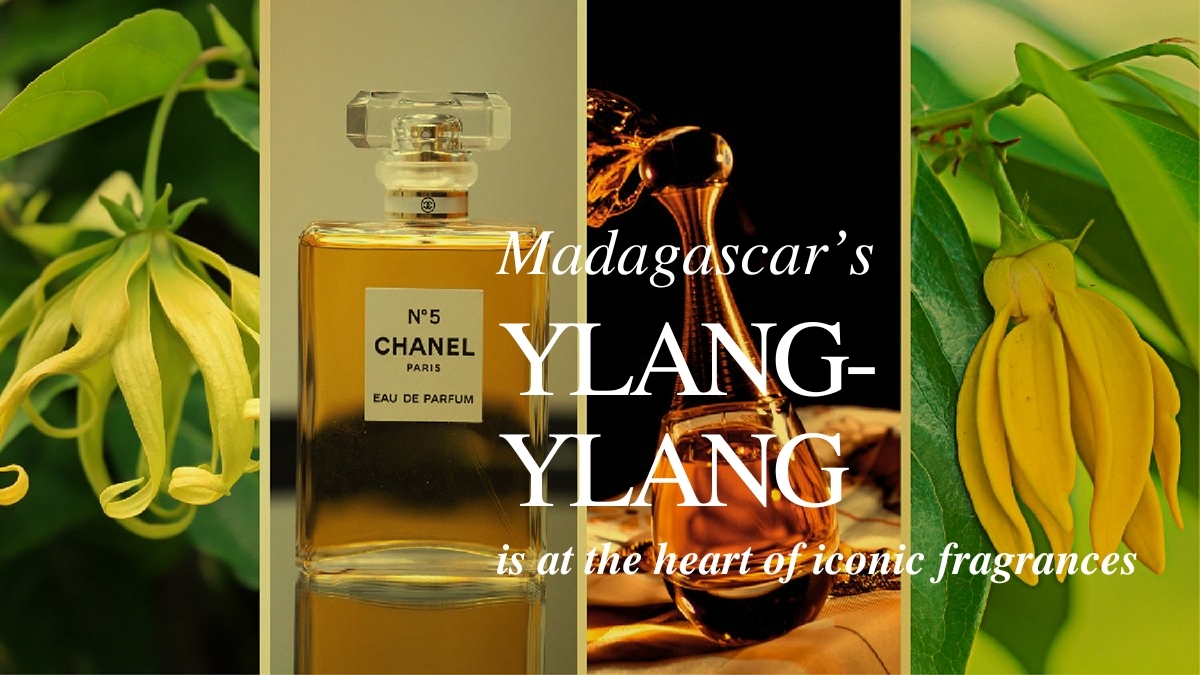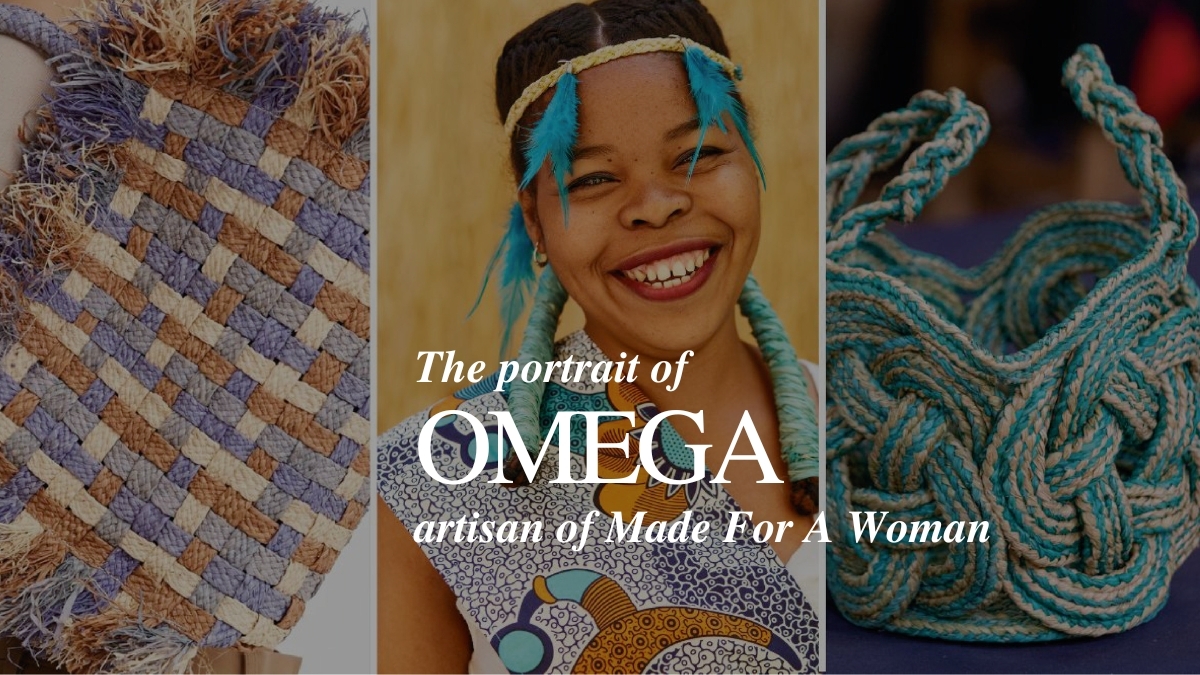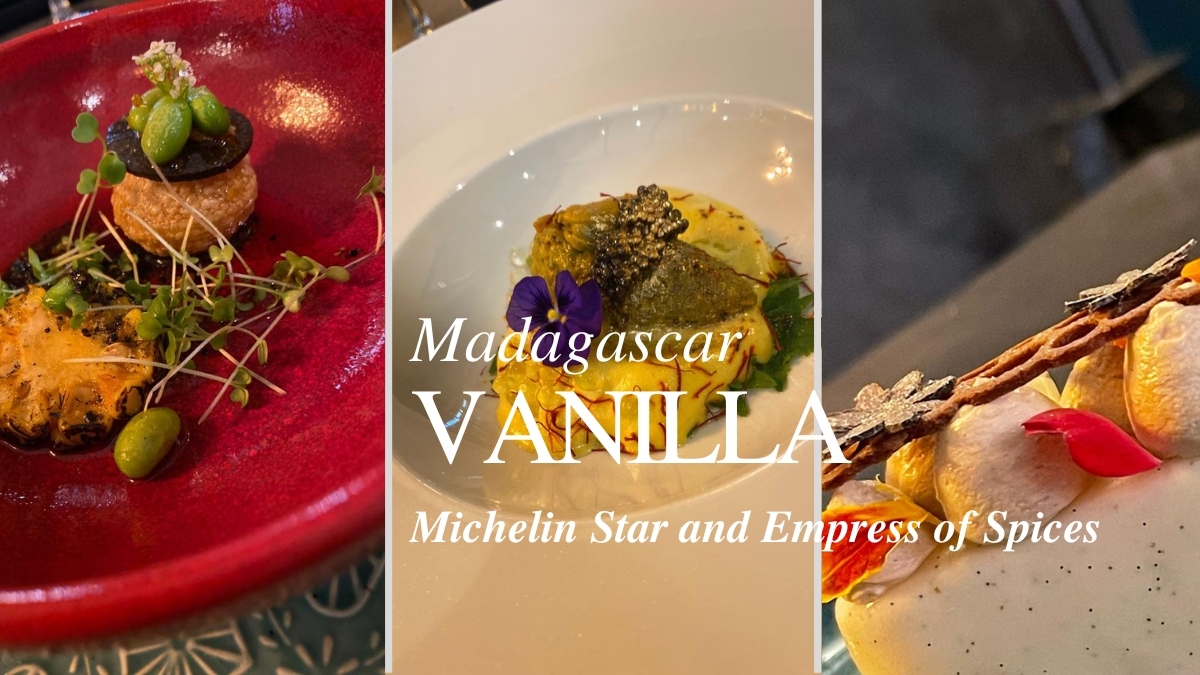Ugo RAZAFINDRATANDRA
Madagascar’s ylang-ylang is at the heart of iconic fragrances
During the “Roaring Twenties” — a memorable period in the history of fashion when glamour,
Ugo RAZAFINDRATANDRA
The portrait of : Omega, artisan for Made For A Woman
At the age of 29, determined, Omega Fidisoa Randrianantenaina (known as Omega), made the leap
Ugo RAZAFINDRATANDRA
Madagascar Vanilla, Michelin Star and Empress of Spices
From the workshops of Pierre Hermé and Philippe Conticini, to the kitchens of Alain Ducasse,





